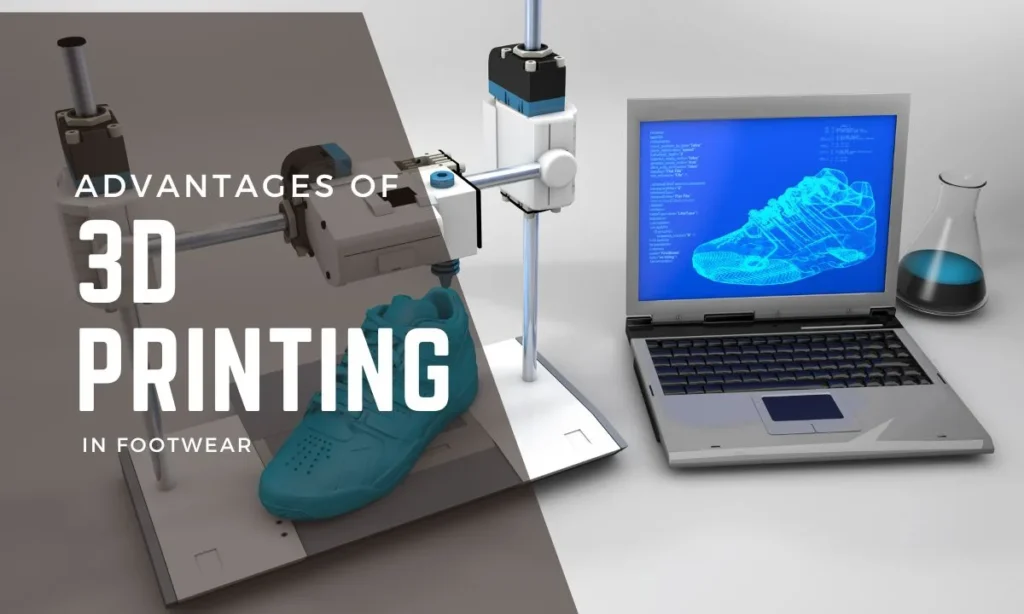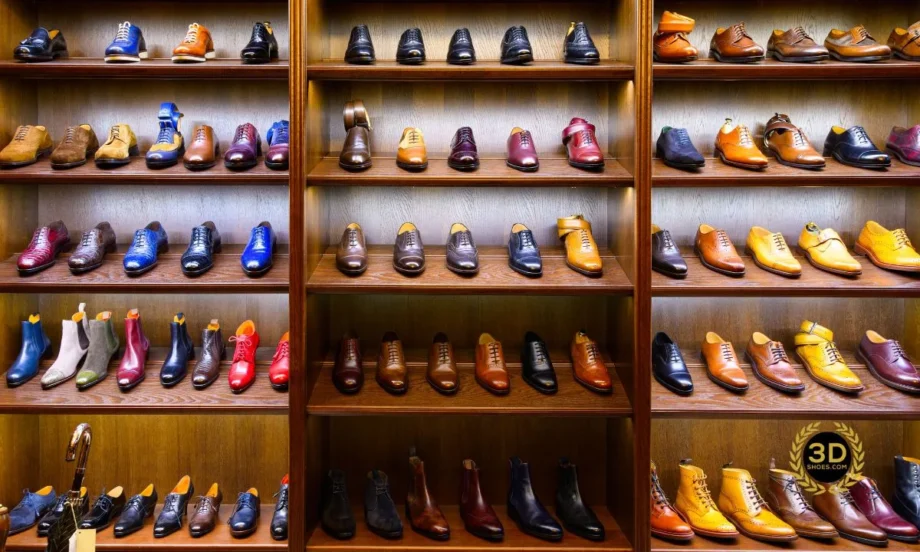The footwear industry is no longer just about style; it’s a perfect blend of fashion, technology, and sustainability. As consumer expectations evolve, so does the need for innovative manufacturing techniques. One such innovation taking center stage is 3D printing—a revolutionary technology poised to reshape how shoes are designed, produced, and worn.
3D Printing: The Game-Changer
What is 3D Printing?
3D printing, also known as additive manufacturing, builds objects layer by layer from a digital model. It enables the creation of intricate designs that would be impossible or too costly with traditional manufacturing techniques. From healthcare to aerospace, this technology has made waves in multiple industries.
3D Printing in Footwear Manufacturing
In the footwear world, 3D printing is a groundbreaking shift. Brands now experiment with this technology to craft durable, innovative, and customized designs. Initially, challenges such as structural weaknesses on certain axes hindered its potential. However, new methods like those developed by Carbon 3D have eliminated these flaws, paving the way for stronger, more reliable footwear.

Advantages of 3D Printing in Footwear
Design Flexibility and Creativity
3D printing empowers designers to push boundaries, producing intricate patterns and unique designs previously deemed impossible. For consumers, it opens doors to customized footwear tailored to individual preferences and needs—imagine shoes designed specifically for your lifestyle or even your feet’s unique shape!
Sustainability and Environmental Benefits
One of the most appealing aspects of 3D printing is its sustainability. Traditional manufacturing often involves waste, but 3D printing uses only the material needed. This reduces waste, minimizes environmental impact, and supports greener production practices—an essential step in combating climate change.
Cost Efficiency and Scalability
With further technological advancements, 3D printing could make mass production both affordable and efficient. Smaller brands can now compete by creating molds and designs without the high upfront costs of traditional manufacturing. This levels the playing field, encouraging innovation across the board.
Impact on Local Economies
Revitalizing Local Manufacturing
3D printing fosters local production, allowing businesses to manufacture shoes close to home. This revitalizes local economies, creates jobs, and reduces the need for extensive supply chains.
Decentralization of Production
On-demand printing transforms production logistics. Instead of mass-producing and stockpiling inventory, businesses can print shoes as orders come in. This reduces overhead costs and ensures consumers get what they need when they need it.
Consumer Benefits
Tailored Fit and Comfort
Imagine a world where every shoe feels like it was made just for you. 3D printing allows for personalized fits, ensuring maximum comfort and performance.
Accessible Pricing
As the technology matures and costs drop, 3D printing will make high-quality, customized footwear accessible to a broader audience. Gone are the days when premium meant unattainable.
Challenges to Address
Current Limitations of 3D Printing
While 3D printing is promising, it isn’t perfect. High equipment costs and technical expertise are barriers that need addressing before it becomes widespread in the footwear industry.
Adoption Across the Industry
The shift from traditional methods to 3D printing may face resistance. However, as benefits become undeniable, more companies will adopt this transformative technology.
The Vision for the Future
Where the Industry is Heading
With ongoing innovations, the future of 3D-printed footwear looks incredibly bright. From sportswear giants to boutique brands, adoption is on the rise, setting the stage for a new era in footwear production.
A New Era of Footwear Innovation
By blending traditional craftsmanship with cutting-edge technology, the footwear industry is poised to deliver products that are sustainable, stylish, and perfectly tailored.
Conclusion
3D printing is not just a trend; it’s the future of footwear. This technology redefines creativity, efficiency, and sustainability, offering endless possibilities for brands and consumers alike. As challenges are addressed and adoption grows, we can look forward to a world where every pair of shoes is a masterpiece.
FAQs
How does 3D printing work in footwear manufacturing?
3D printing uses a digital model to build shoes layer by layer, allowing for precision and creativity unmatched by traditional methods.
Is 3D-printed footwear durable?
Yes, advancements like Carbon 3D’s methods have significantly improved the strength and durability of 3D-printed shoes.
What materials are used in 3D-printed shoes?
Common materials include thermoplastics, resins, and specialized polymers designed for flexibility and durability.
Can 3D printing reduce costs for consumers?
As the technology evolves and becomes more widespread, production costs will drop, making affordable, customized shoes accessible.
How can small businesses benefit from 3D printing in footwear?
Small businesses can use 3D printing to create unique designs without the high costs of traditional molds, enabling them to compete with larger brands.




